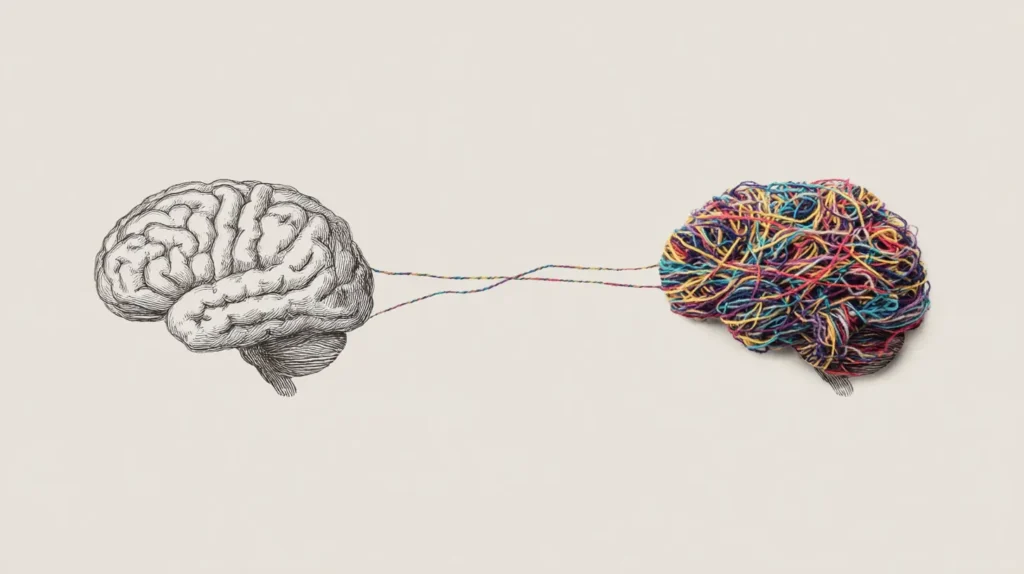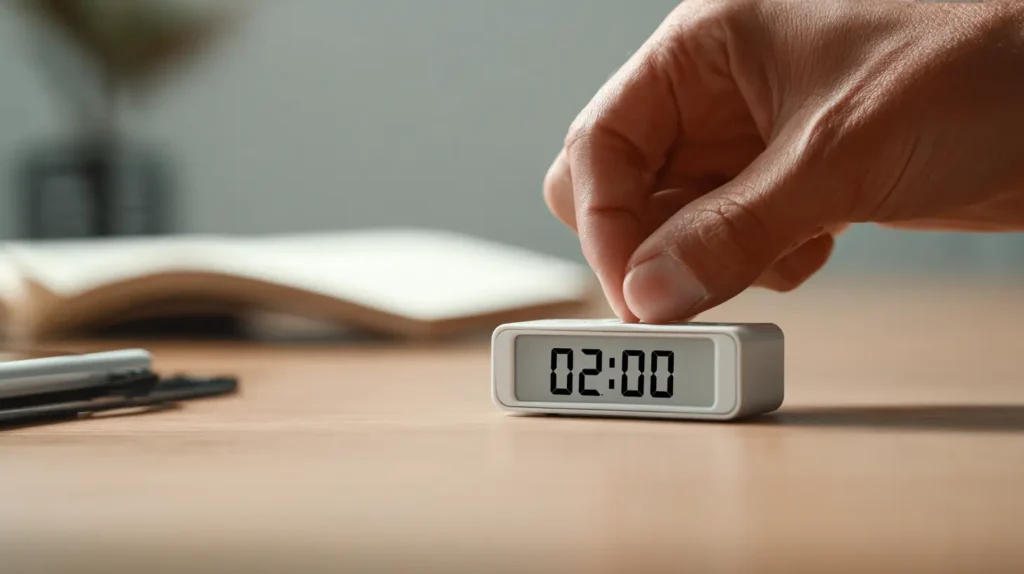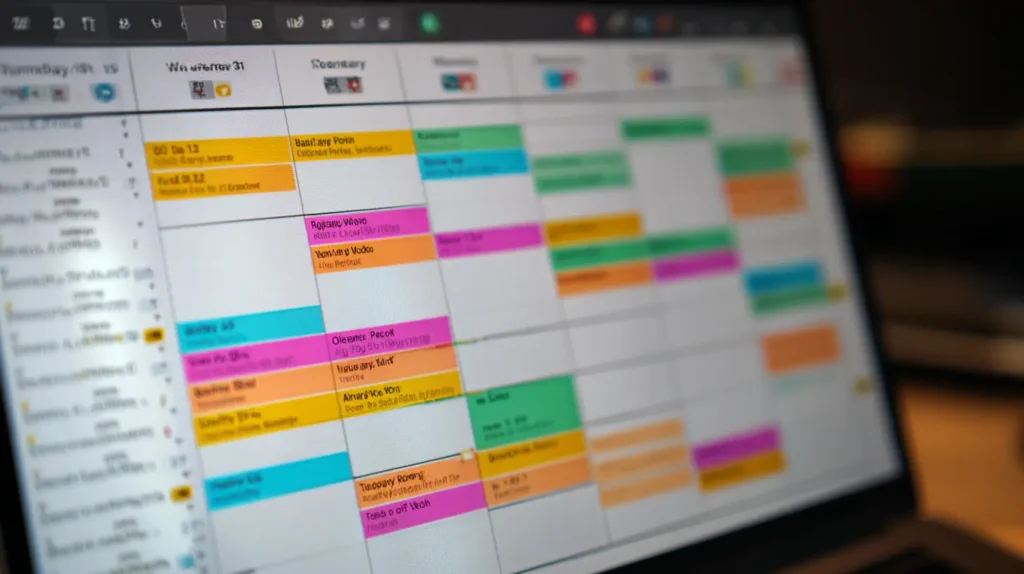Procrastination is one of the most universal human struggles. It’s that frustrating gap between intention and action. You know what you should be doing, but you find yourself doing anything and everything else instead—tidying your desk, scrolling through social media, or suddenly deciding it’s the perfect time to organize your spice rack.
It’s a frustrating cycle that can lead to missed deadlines, increased stress, and a persistent feeling of being stuck. Many people mistakenly believe that procrastination is a sign of laziness or poor time management. But the truth is far more complex.
This guide will go beyond the surface-level tips. We’ll dive into the real, psychological reasons you procrastinate and provide you with a powerful, science-backed toolkit of actionable strategies to help you stop procrastinating and start making progress on the things that truly matter.

First, Understand Why You Procrastinate: It’s Not a Character Flaw
You can’t solve a problem you don’t understand. The most important thing to know is that procrastination is not a character flaw or a sign of laziness.

Modern psychology understands procrastination as an emotional regulation problem.
When you are faced with a task that makes you feel bad in some way, your brain’s natural impulse is to protect you from that negative feeling. It seeks a temporary mood boost by having you do something more pleasant instead. The relief is immediate, but the long-term consequences (more stress, guilt, and a looming deadline) are much worse.
To beat procrastination, you must first identify the negative feeling the task is triggering. The most common triggers are:
- Fear of Failure: “If I don’t do this perfectly, I’ll be judged. It’s safer not to try.”
- Fear of Success: “If I succeed, the expectations for me will be even higher, and I’m not sure I can handle that pressure.”
- Task Aversion: “This task is boring, difficult, or unpleasant. I’d rather do anything else.”
- Overwhelm: “This project is so huge and complex, I don’t even know where to start. It’s paralyzing.”Having a clear framework for priorization is the key overcoming this feeling.
- Perfectionism: “I don’t have the perfect conditions or enough time to do this properly right now, so I’ll wait.”
Take a moment to think about the task you’re avoiding. Which of these triggers feels most true for you? Identifying your specific trigger is the first step to choosing the right strategy.
The Actionable Toolkit: 5 Strategies to Stop Procrastinating
Once you understand the “why,” you can deploy a practical strategy to overcome the “how.” Here is your toolkit.
1. The Two-Minute Rule: The Ultimate Catalyst for Action

- What it is: A technique popularized by David Allen in his book “Getting Things Done.” The rule has two parts:
- If a new task takes less than two minutes to complete, do it immediately instead of deferring it.
- For larger tasks, the rule is: Start the task for just two minutes.
- Why it works: This is a brilliant psychological hack that bypasses your brain’s resistance to starting. The idea of “writing a report” is intimidating. The idea of “opening the document and writing one sentence” is not. Anyone can do something for just two minutes. The magic is that starting is almost always the hardest part. Once you begin, Newton’s first law of motion often takes over—an object in motion stays in motion. Those two minutes often turn into ten, then thirty, and suddenly you’ve broken through the wall of procrastination.
2. Break It Down: The “Swiss Cheese” Method

- What it is: Taking a large, intimidating project and breaking it down into tiny, specific, and manageable sub-tasks. You “poke holes” in the project like Swiss cheese until it’s no longer a solid, scary block.
- Why it works: This strategy directly combats the feeling of overwhelm. A task like “write a book” is terrifying and will lead to procrastination. But a book is just a collection of chapters. A chapter is just a collection of paragraphs. And a paragraph is just a collection of sentences. By breaking it down, you can identify a first step that is small and achievable.
- Overwhelming Goal: “Renovate the kitchen.”
- First, Tiny Sub-Task: “Spend 15 minutes browsing Pinterest for cabinet ideas.”
A task like ‘write a book’ is terrifying. Breaking it down into smaller, manageable goals is a core principle we teach in our goal-setting guide.
3. Time Blocking: Creating a Commitment

- What it is: Scheduling specific blocks of time in your calendar to work on a specific task, just as you would schedule a meeting with your boss. During that block, that one task is your entire world.
- Why it works: It removes the ambiguity of “I’ll work on it later.” “Later” is a vague concept that never arrives. A time block from 2:00 PM to 3:00 PM on a Tuesday is a concrete commitment. It forces you to make a decision and protects your time from less important tasks.
It removes the ambiguity of “I’ll work on it later.” “Later” is a vague concept that never arrives. A time block from 2:00 PM to 3:00 PM on a Tuesday is a concrete commitment. It forces you to make a decision and protects your time from less important tasks. For an even more structured approach within these blocks, many people use the Pomodoro Technique to work in focused 25-minute sprints
4. “Eat the Frog”: Winning Your Day Early

- What it is: A concept from productivity expert Brian Tracy, based on a Mark Twain quote. The idea is to identify your most important and often most difficult task for the day (your “frog”) and do it first thing in the morning, before anything else.
- Why it works: Your willpower and focus are at their peak in the morning, before the distractions and decisions of the day have worn you down. By using this peak energy on your highest-impact task, you ensure that the most important work gets done. Completing your “frog” provides a huge sense of accomplishment and creates a powerful momentum that carries you through the rest of the day.
5. Change Your Environment: Make Focus the Easy Choice

- What it is: Intentionally designing your physical and digital space to make procrastination harder and focused work easier.
- Why it works: Your environment is a powerful, invisible hand that guides your behavior. Relying on willpower alone to fight temptation is exhausting and often ineffective. It’s far easier to change your environment than to constantly fight your urges.
- If you procrastinate on your phone: When you need to focus, leave it in another room or put it in a drawer.
- If you get distracted by the internet: Use a focus app like Forest or Freedom to block distracting websites for a set period.
- If you can’t focus at your desk: Go to a library, a coffee shop, or a different room in your house. A new environment can help break old patterns.
Overcoming procrastination is a key part of a larger productivity system. Learn how to manage your time and focus effectively in our Ultimate Guide to Mastering Productivity.
From Procrastinator to Producer: The Mindset Shift
Beating procrastination is not about finding a magic bullet. It’s about understanding your emotional triggers and having a toolkit of practical strategies to deploy. It’s also about practicing self-compassion.
You will have days when you procrastinate. That’s okay. The goal is not perfection. When you slip up, don’t fall into a spiral of self-criticism (“I’m so lazy”). Instead, get curious. Ask yourself, “What was the trigger? Which strategy can I try next time?”
By taking small, consistent actions and treating yourself with kindness, you can retrain your brain, build momentum, and become someone who doesn’t just plan, but does.
What is your go-to strategy for beating procrastination? Share your best tip in the comments!


